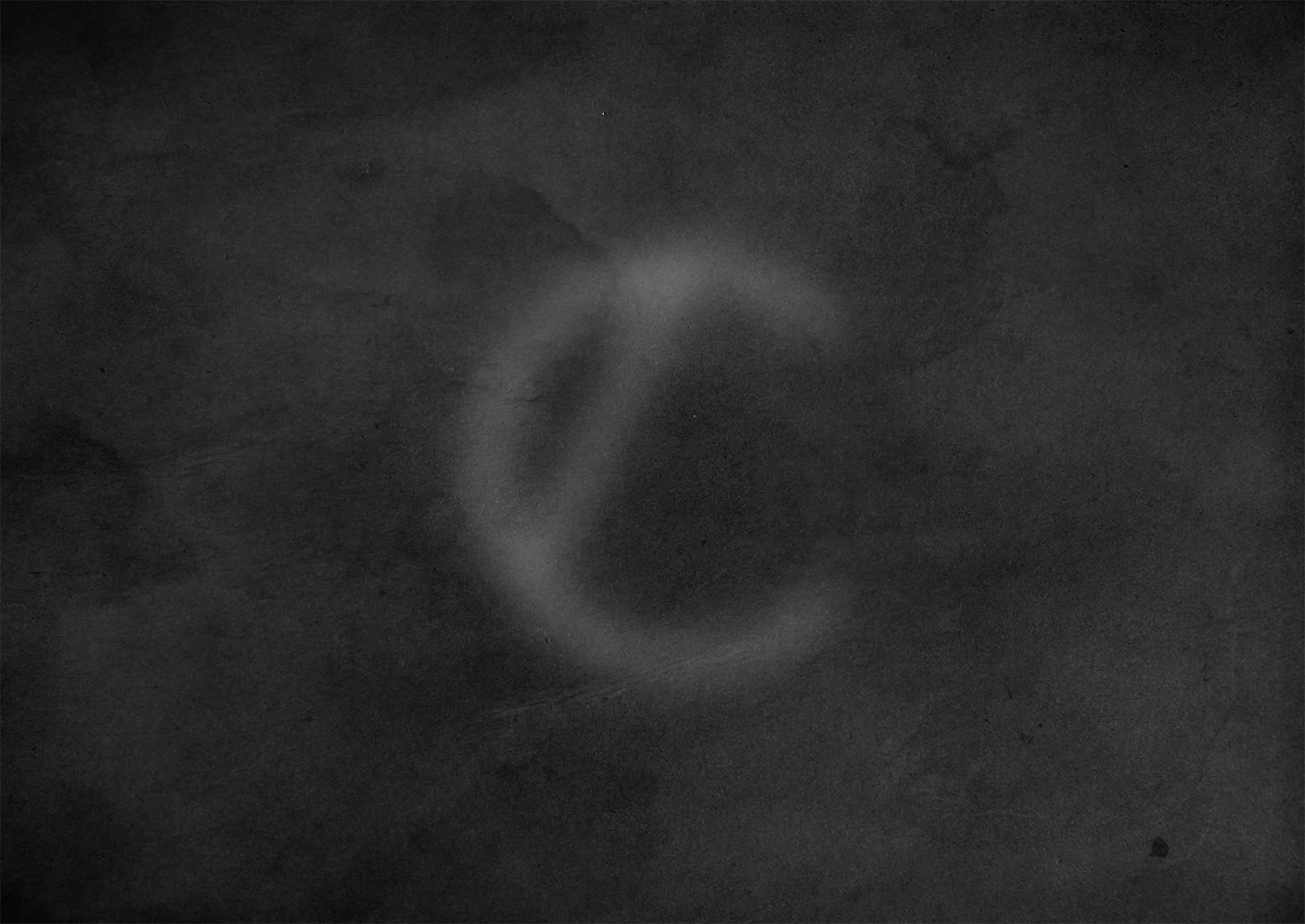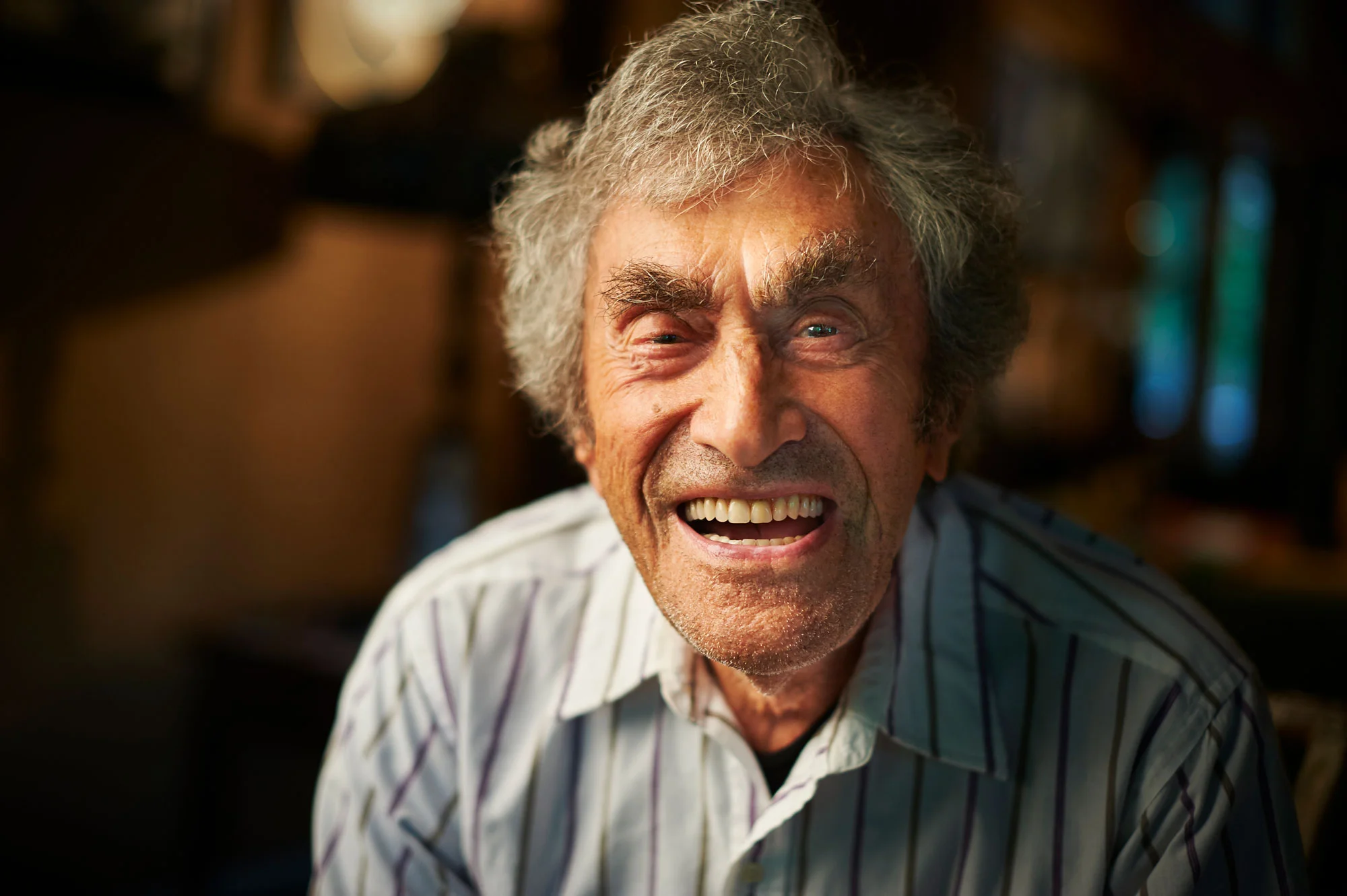The following information is meant to provide additional context for Mr. Snyder's journey. If you landed on this post before experiencing Herman's story of life, love and his overcoming of unbelievable odds, you're welcome to continue reading.
However, we encourage you to start with his profile.
About Vilna
Vilna’s location made it susceptible to various strategic plays and occupations by the Soviets, Germans, Lithuanians, and Poles in the years surrounding the end of World War I. After a number of seizures and occupations, Polish forces ultimately occupied Vilna, located in the northeastern part of the country, in the years between 1920 and the outbreak of World War II.
The Polish culture and customs were established throughout the city. At the outset of World War II, however, in accordance with the Molotov-Ribbentrop Pact, Lithuania and Poland were separated into German and Soviet spheres of interest. In September 1939, Vilnius was seized by the Soviet Union and subsequently handed over to Lithuania in October of 1939. In exchange, Lithuania was forced to allow Soviet military bases to be established in strategic parts of the country. Lithuania moved their capital to Vilnius, a transfer they considered to be a reclamation of their rightful capital, whereas the local Poles considered it to be a Lithuanian occupation, where “...roughly 50,000 ethnic Lithuanians were brought to the city.”
The Lithuanian authorities started a campaign to rid the city of Polish culture. Then, in June 1940, amidst vehement Lithuanian protests, Lithuania was annexed by the Soviet Union and Vilnius became the capital of the newly created Lithuanian SSR. Subsequent to this annexation, however, another power struggle occurred. “In June 1941 the city was again seized by Nazi Germany. In the old town centre two ghettos were set up for the large Jewish population – the smaller of which was "liquidated" by October. The second ghetto lasted until 1943, though its population was regularly decimated in so called Aktionen. A failed Jewish ghetto uprising on September 1, 1943, could not prevent its final destruction. About 95% of local Jewish population was murdered. Many of them were among 100,000 victims of the mass executions in Paneriai, about 10 kilometers west of the old town centre.
Continue Learning
There is certainly no shortage of material recounting and exploring the personal experiences and historical forces that surrounded World War II and the Holocaust. We hope our brief engagement with it provided an accurate, honest and thoughtful depiction of its events. However, bona fide historians we are not.
To read further about the Vilnius ghettos, visit The Holocaust Education & Archive Research Team Paneriai.
Thank you,
The CLP



